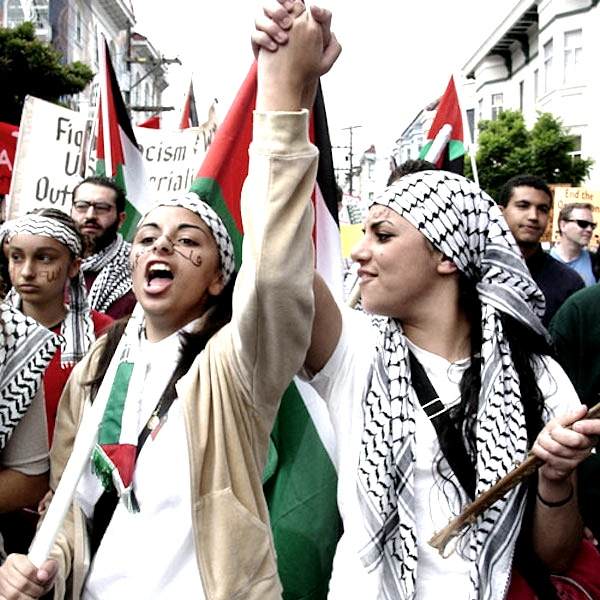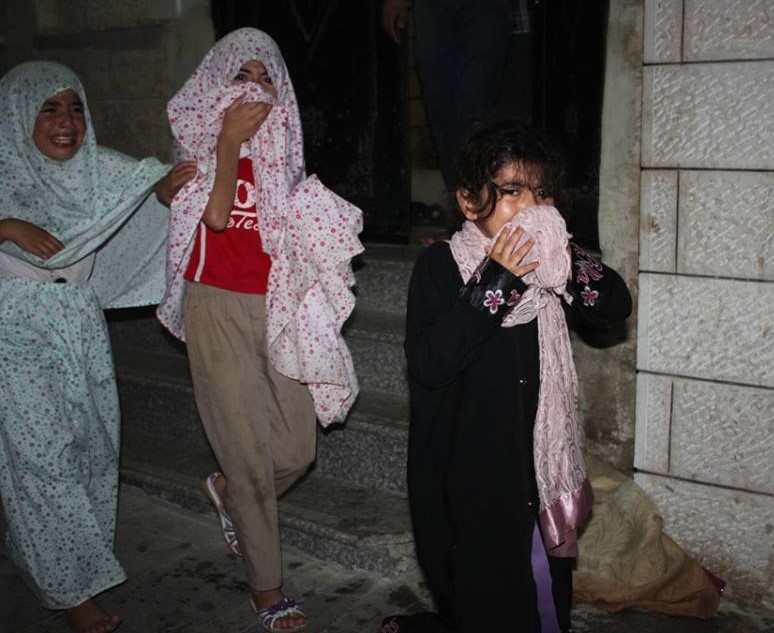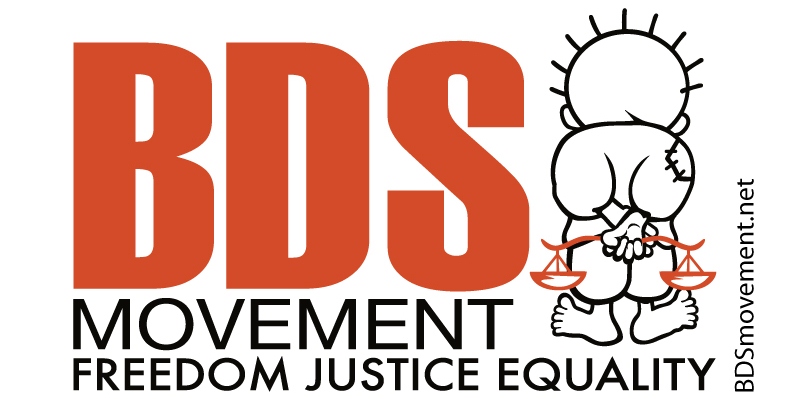Author: ISM Media
-
Take action: Protests around the world respond to assault on Palestine
5th July 2014 | Samidoun: Palestinian Prisoner Solidarity Network Protests are being organized in cities around the world to respond to the ongoing assault on Palestine and the Palestinian people, including the murders of Palestinians (including 16-year-old Muhammad Abu Khdeir, murdered brutally by Israeli settlers), the bombing of Gaza, the mass arrests of over 600,…
-
Israeli forces attack mosque in village near Salfit, detaining and beating a child
3rd July 2014 | International Solidarity Movement, Nablus Team | Qarawat Bani Hassan, Occupied Palestine At 9 o’clock in the evening of July 2nd, Israeli forces invaded the small Palestinian village of Qarawat Bani Hassan, approximately 10 km northwest of Salfit in the northern half of the West Bank. They approached the mosque in the center of town and fired tear gas…
-
Israel must be held accountable for its collective punishment of Palestinians
3rd July 2014 | Palestinian BDS National Committee | Ramallah, Occupied Palestine – Palestinian organisations condemn Israeli operations in West Bank and Gaza as collective punishment – Palestinians call for military embargo and boycott action Palestinian boycott, divestment and sanctions (BDS) activists have are urging governments and international civil society to take action to hold Israel…



